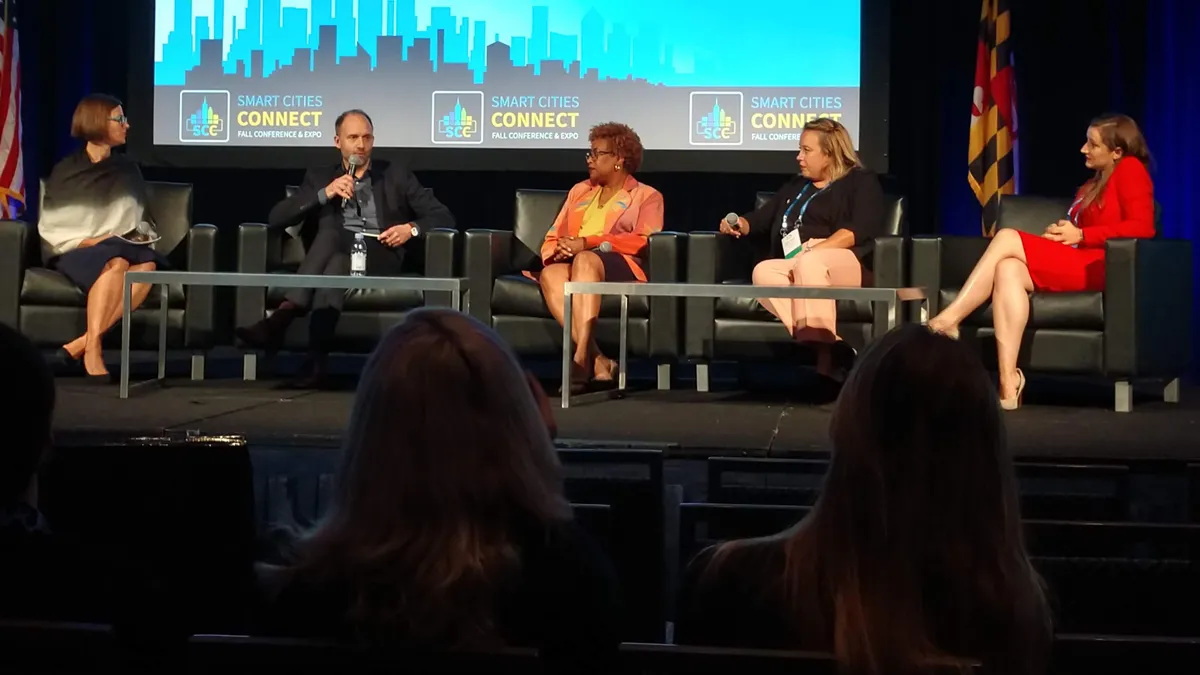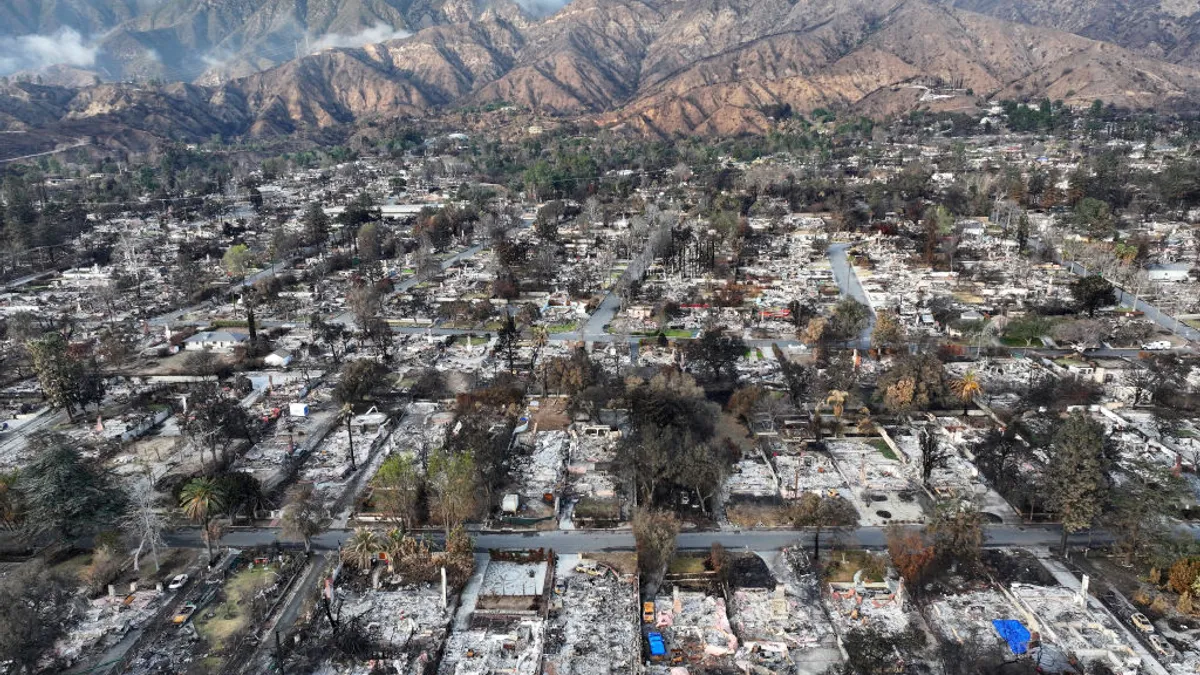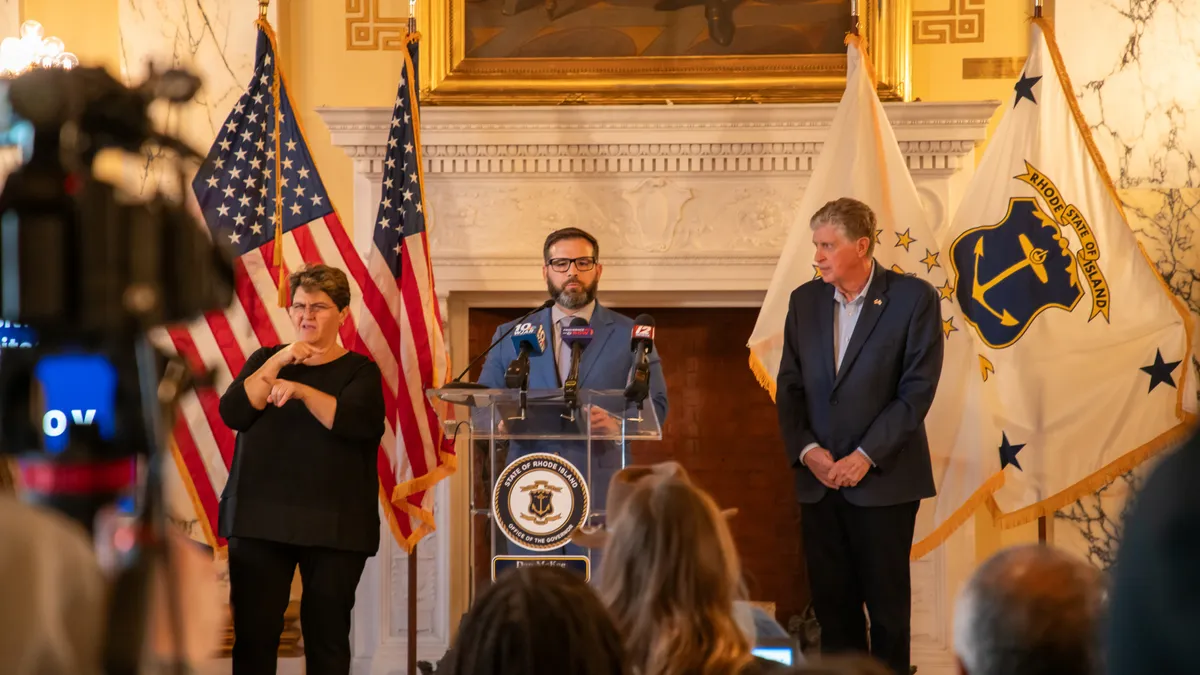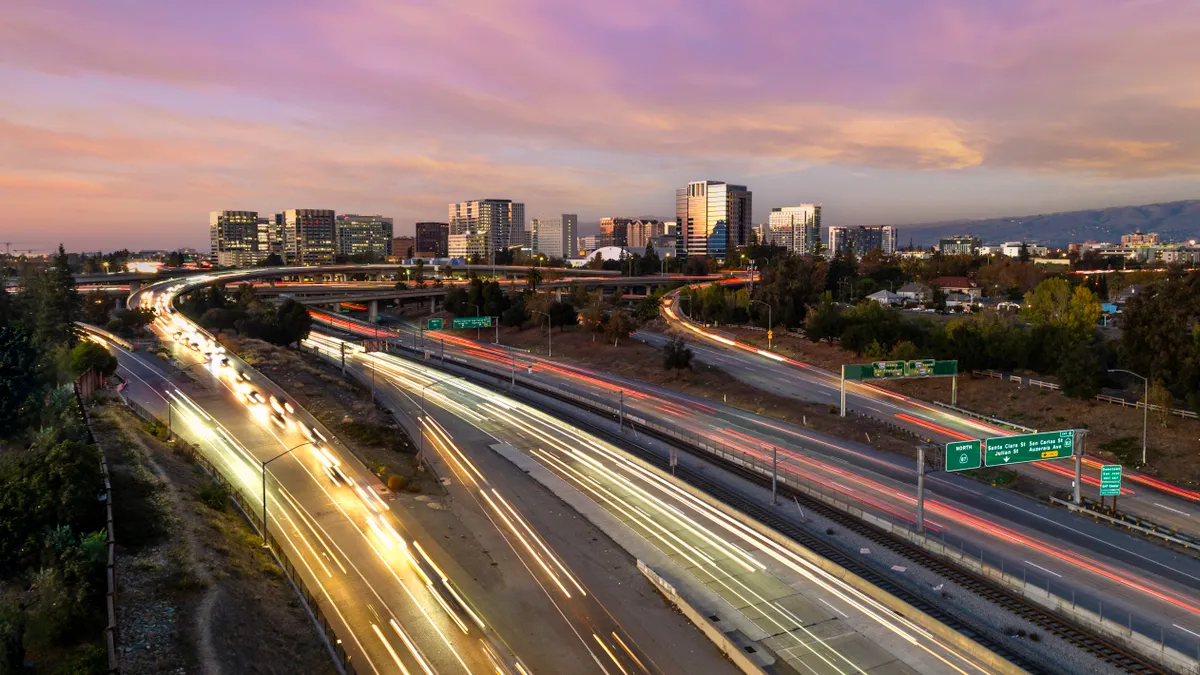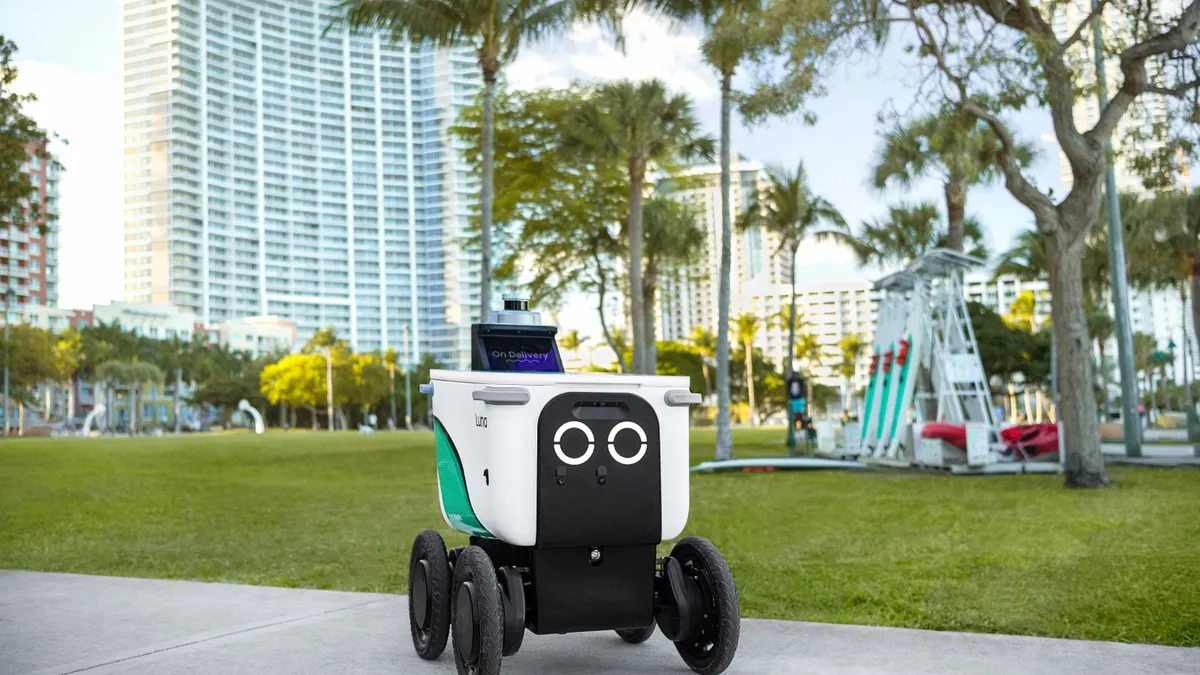NATIONAL HARBOR, MD — For cities, the desire to quickly roll out smart initiatives can be dogged by resident mistrust, especially if residents feel their opinions are not being heard.
Panelists at the Smart Cities Connect conference in National Harbor, MD said those fears are often well placed. Baltimore's Smart Cities Strategist Kenya Asli said that when the city rolled out ShotSpotter technology to detect gunshots, many residents were unnerved by the presence of sensors and questioned if they would also be able to listen to their conversations. Asli said the city has learned lessons on how to better alleviate those fears.
"We ran so fast, our community really isn't engaged," she said.
Despite that desire to tread carefully, Mikael Kipowski, director of development at the city of Helsingborg, Sweden, said governments should not be afraid to try new things. He acknowledged there can be a "big gap" between city leaders and their residents, but that should not prevent progress.
"We are not afraid of failing. We need to be brave, to test things all the time," Kipowski said during a panel discussion.
Some have been at the vanguard of the smart city movement and are already starting to think about what comes next. Columbus, OH for instance, is coming to the end of its four-year grant period after winning the U.S. Department of Transportation's (USDOT) Smart City Challenge in 2016. Having emphasized initiatives around transportation, data collection and electrification, the city is starting to look at ways to keep up the momentum.
"We are not afraid of failing. We need to be brave, to test things all the time."

Mikael Kipowski
Director of development, City of Helsingborg, Sweden
"We've always been building a plane while we're flying it," Jordan Davis, director of the city’s Smart Columbus organization, said during a panel discussion.
Other speakers said development can be slower depending on the circumstances. New Orleans Deputy CIO Whitney Soenksen said recovery from Hurricane Katrina gave the city new impetus to digitize some of its processes and make more use of data. Meanwhile in Baltimore, months of political turmoil that culminated in the resignation of former Mayor Catherine Pugh have impacted staff turnover and uncertainty.
"Let me tell you, Baltimore's been busy," Asli said, though she reassured that winning the Smart Cities Council's Smart Cities Readiness Challenge earlier this year has "changed some of the conversation."
"We were not just trying to patch the holes, we weren't just thinking about all the stuff that we'd gone through as a city, we were coming together to think about what we could be as a city," she said.
Davis said transparency is key for cities as they continue to work with residents and formulate new initiatives. She said the Smart Columbus Experience Center, which has a focus on citizen engagement, is a crucial part of that.
"Nothing's ever perfect," Davis said. "We've never listened enough, we've never heard all of the right people, but I think we've put a lot of intention to it and I think it's benefited the program and changed the way we're behaving, the way we're acting, the way we're using our resources."
Workforce development
Speakers also warned that they must continue to focus on workforce development, especially as industries evolve. Automation of jobs and the rise of artificial intelligence (AI) has been the source of a great deal of anxiety among city and business leaders, especially in light of a report from the National League of Cities (NLC) that found that no major city is prepared for its impacts.
Those impacts could be felt in lower-income and majority-minority communities, which often are dominated by jobs at risk of automation. During a keynote panel discussion, Washington, DC's Chief Resilience Officer Kevin Bush said that while 76% of the jobs in the city are at low risk of being lost to automation, the vast majority are held by people who live in economically disadvantaged neighborhoods, which could create more problems.
"Automation is yet another thing that could exacerbate existing inequalities in DC," Bush said.
The onus will be on cities to help residents gain the skills to move into newer jobs, especially ones that are focused on technology and cybersecurity, two major growth areas. Bush noted that with recent cyberattacks in Baltimore and elsewhere, cybersecurity has become an important part of cities' resiliency plans. That is particularly felt in technology-reliant smart city initiatives, which he said "increase the attack surface" through which bad actors can infiltrate a city's systems.
"We were not just trying to patch the holes, we weren't just thinking about all the stuff that we'd gone through as a city, we were coming together to think about what we could be as a city."

Kenya Asli
Smart cities strategist, City of Baltimore
Meanwhile, it is crucial that partners be found at all levels to help disadvantaged city residents get the skills and jobs they want, and for education to play a leading role.
"How are we getting our residents to accelerate their trajectory up that pathway to make sure they're getting the good jobs?" Ahnna Smith, executive director of the Workforce Investment Council, said during a panel discussion.
Panelists noted the opportunities should be plentiful in the coming years in the DC region, especially with Amazon’s second headquarters (HQ2) coming to nearby Arlington County, VA with the promise of thousands of tech jobs.
Unique Morris-Hughes, director of DC’s Department of Employment Services, said it represents "one of the most exciting times" for workforce development in DC, although it will be imperative that residents be competitive in the marketplace.



